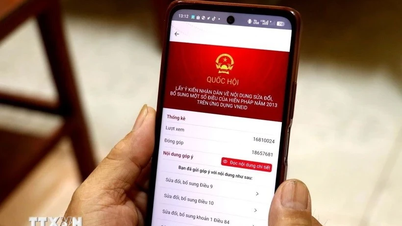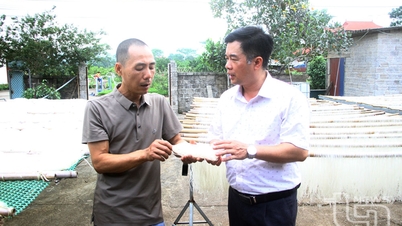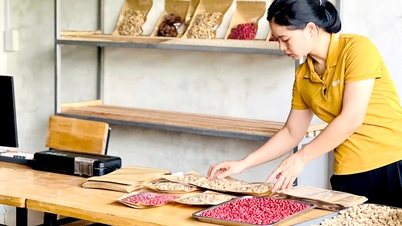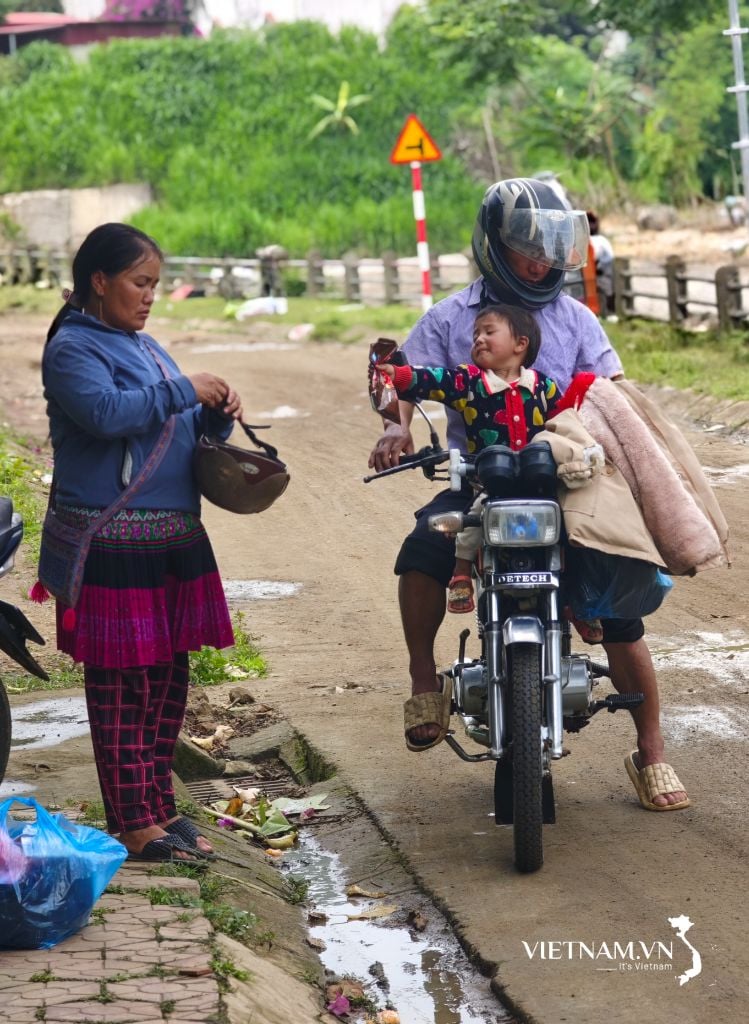Vietnamese people are having to pay 40% of medical examination and treatment costs themselves, twice as much as WHO's recommendation, without being covered by health insurance, creating an economic burden that makes many people hesitate to seek treatment.
The above information was stated by Mr. Nguyen Duc Hoa, Deputy General Director of Vietnam Social Security, when consulting on the revised Health Insurance Law Project being developed by the Ministry of Health , on July 6.
According to the recommendation of the World Health Organization (WHO), Health Insurance (HI) pays 80%, the patient pays 20%. But in Vietnam, on average, people have to pay 40% of medical expenses themselves. This level is currently higher than that of people in Laos, Cambodia, Myanmar, lower than Indonesia, Philippines, Thailand, Malaysia.
"High out-of-pocket expenses make many families poor or fall back into poverty after treatment," said Mr. Hoa. The reason why households still have to pay high out-of-pocket expenses is because the insurance premium is low, causing the insurance agency to not have enough funds to expand the scope of payment as well as medical examination and treatment benefits.
The current health insurance contribution rate is 4.5% of the basic salary. Items covered by health insurance include medical examination and treatment, rehabilitation, periodic maternity care and childbirth. Newborn screening services, early diagnosis of some cancers, periodic or home health check-ups, etc. have not been paid for. In particular, many drugs, including some highly effective cancer treatments, are still not covered by insurance. Many poor patients miss out on treatment opportunities because the cost of these drugs can reach hundreds of millions of dong.
According to a pharmaceutical expert, since 2018, the list of drugs covered by health insurance has not been updated or supplemented with new drugs, while the process of updating this list is relatively fast in the world. For example, the average time from the time the drug is granted a circulation registration certificate to the time the drug is updated to the list of health insurance coverage in Japan is three months, in the UK and France it is 15 months, and in Korea it is 18 months.

Medical staff at the pharmacy of the Ho Chi Minh City Hospital for Tropical Diseases, giving medicine to patients. Photo: Quynh Tran
To overcome these shortcomings, the Ministry of Health has developed a draft revised Law on Health Insurance, through assessment, summarizing practices, explaining problems, and considering international experiences. Implementing the goal of universal health insurance in all three aspects of the proportion of the population participating in health insurance, the scope of services enjoyed, and the level of financial protection for health service users.
Specifically, the Ministry of Health proposes that health insurance cover services such as newborn screening, prenatal screening, screening for diseases transmitted from mother to child, examination and early diagnosis of some diseases, including cancer, periodic health check-ups, medical examination and treatment at home (for the elderly, people with severe disabilities), use of vaccines, biological products, and nutrition used in treatment.
In order for people to have early access to new drugs covered by health insurance, experts also believe that it is necessary to quickly adjust and add drugs to the list and have a mechanism to update the list of drugs (covered by health insurance) at least once a year. In addition to adjusting the appropriate contribution level, diversifying health insurance packages, strengthening the connection and cooperation between social health insurance and commercial health insurance, also helps people reduce out-of-pocket expenses for medical examination and treatment.
These changes aim to ensure the rights of health insurance participants and patients' access to optimal treatment methods. The goal is to reduce out-of-pocket spending from households to below 35% by 2025 and below 30% by 2030.
The Ministry of Health is receiving, editing and finalizing the draft law, and is expected to submit the revised draft Law on Health Insurance to the National Assembly in May 2024.
VnExpress.net


































































































Comment (0)